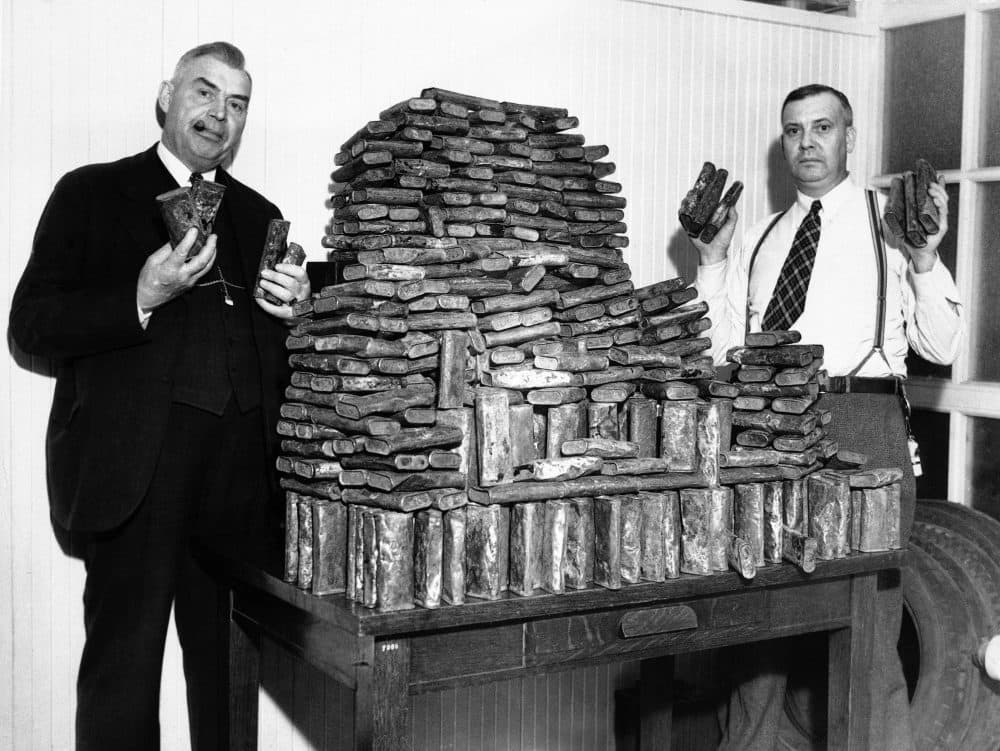Advertisement
The Statistics Are Up, But Opioid Use In America Is Nothing New

About 33,000 Americans died in 2015 from opioid-related overdoses, and more than 2 million people are believed to have been addicted.
Although the statistics are unlike any previously on record, the opioid crisis is far from new. During the Revolutionary and Civil Wars, soldiers were prescribed opium to deal with the pain of their wounds. Later, middle-class white women were treated in large numbers with the drug for a wide range of ailments. Chinese immigrants were racially targeted and stereotyped as frequenters of opium dens in the American West. And after World War I, heroin was used medically, before it was abused as an illegal street drug.
Historians Nathan Connolly (@ndbconnolly) and Joanne Freeman (@jbf1755) say that to understand today's epidemic, one should look back to the history of opioid use in the U.S., as well as its intersection with race, gender, politics and policing.
Here & Now's Jeremy Hobson speaks with Connolly and Freeman, co-hosts of the podcast BackStory, which is produced at the Virginia Foundation for the Humanities.
This segment aired on April 13, 2017.